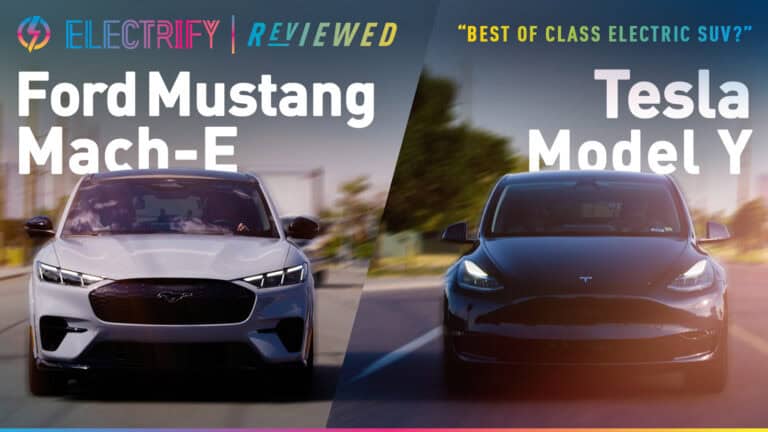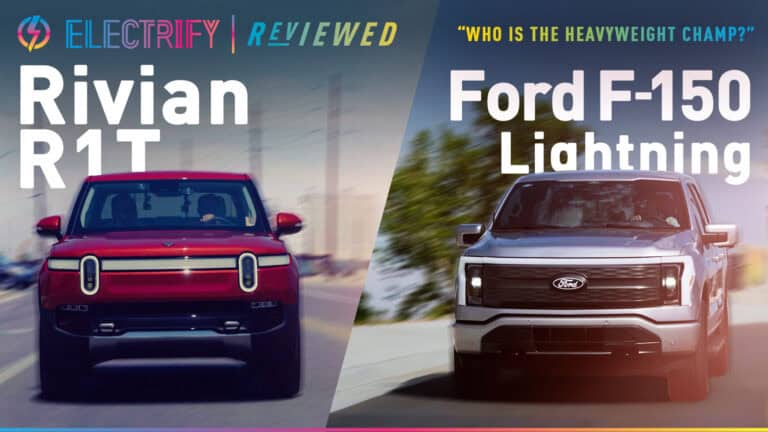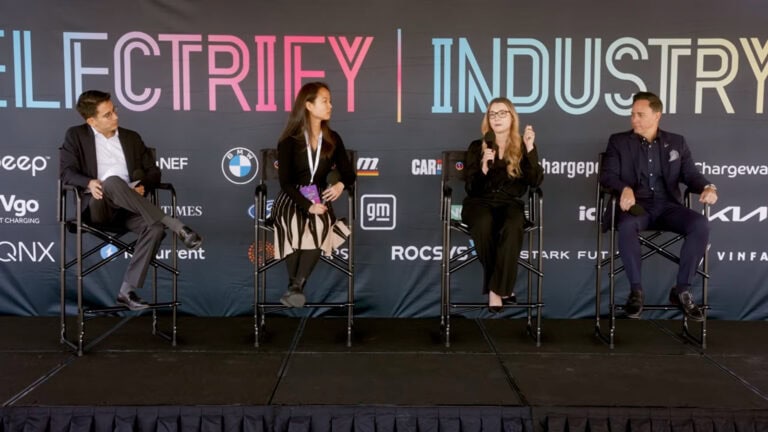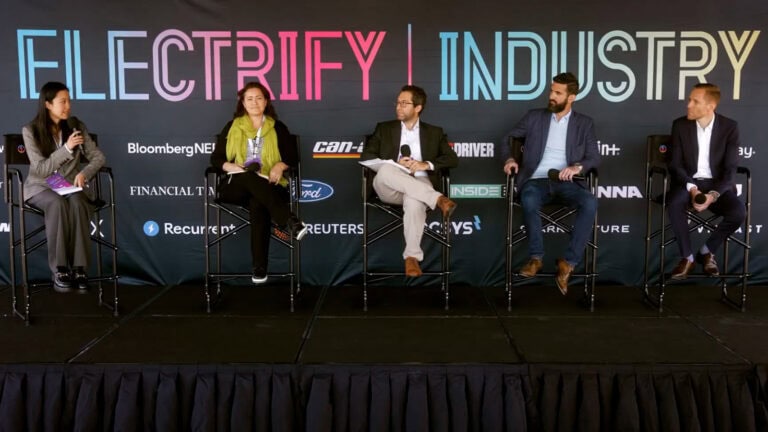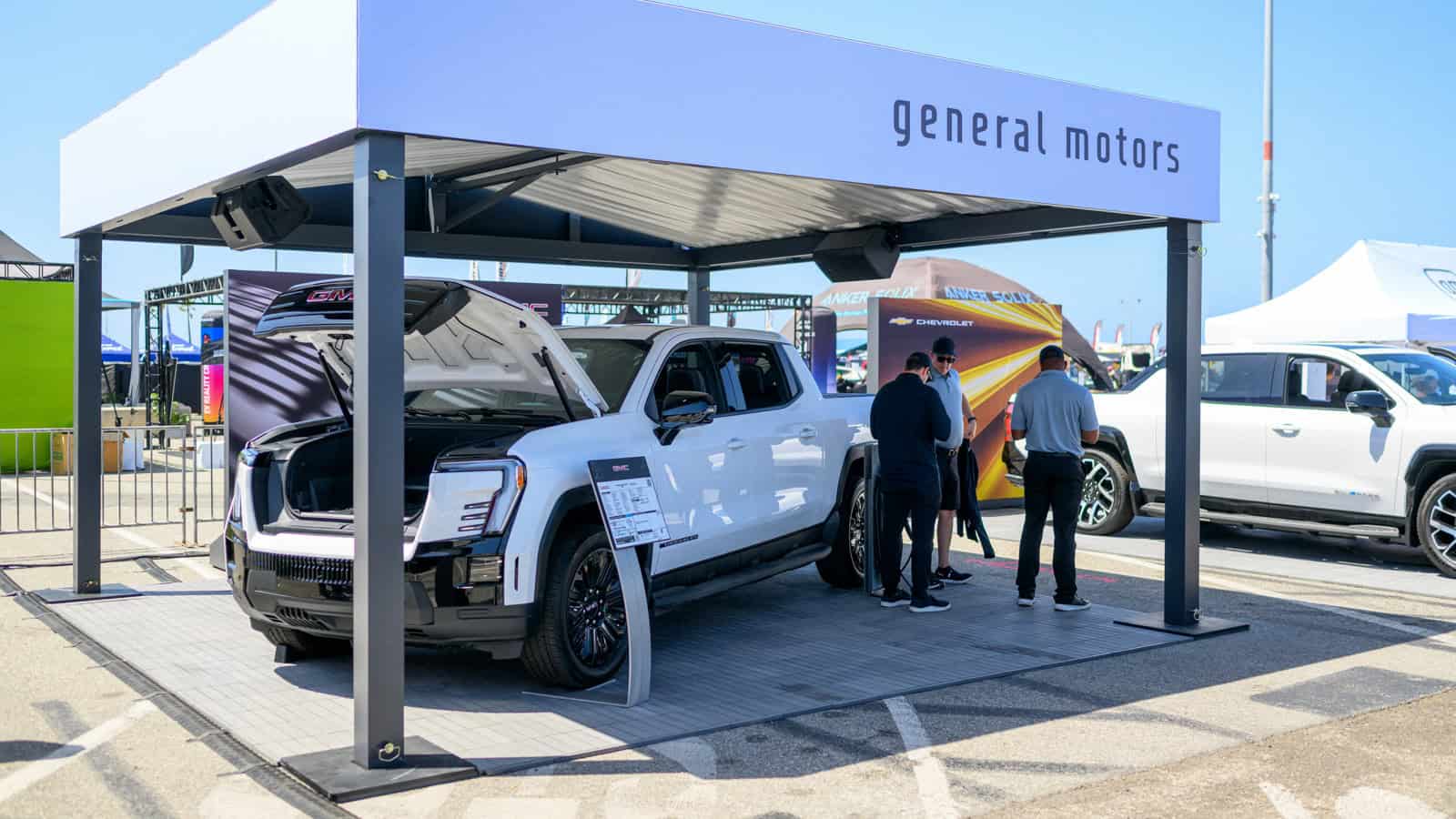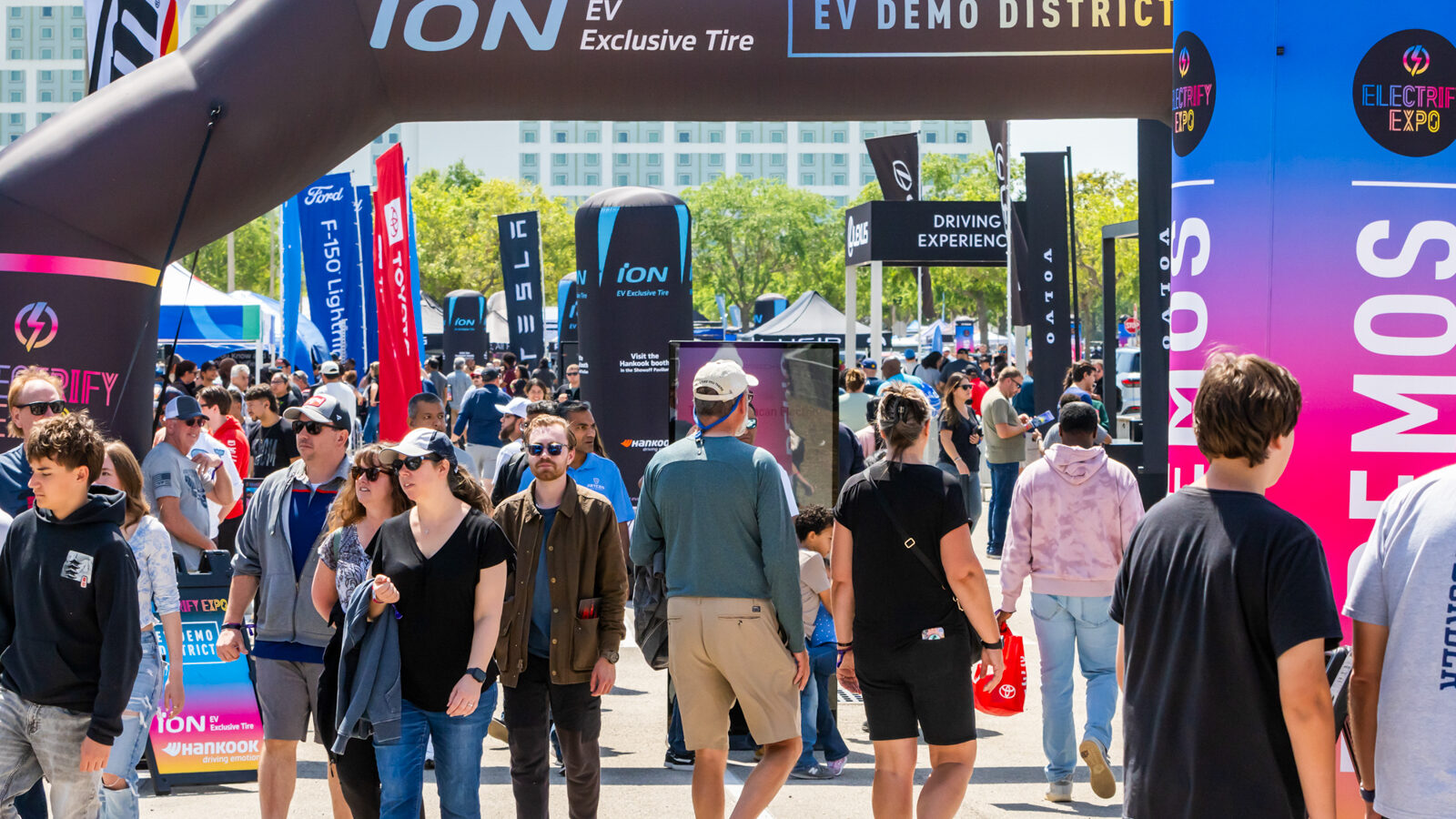- EV sales exploded 26% in July, hitting the second-highest month ever.
- Incentives slashed nearly $10,000 off new EV prices.
- Federal tax credits vanish September 30, buyers are racing the clock.
ADVERTISEMENT
New electric vehicle sales jumped by more than 26% in July, hitting 130,082 units. That’s a surge of 26.4% compared with June and 19.7% above last year. EVs grabbed a 9.1% share of the market, the second-highest monthly tally ever recorded. And 11 different brands just hit their best EV month of 2025, according to a Cox Automotive report.
You might be asking why sales surged so quickly. The answer is simple. With the Inflation Reduction Act’s tax credit set to disappear at the end of September, buyers rushed in. Inventory tightened, incentives climbed, and prices changed. The market is still reacting to policy, but consumer demand is starting to pull more weight.
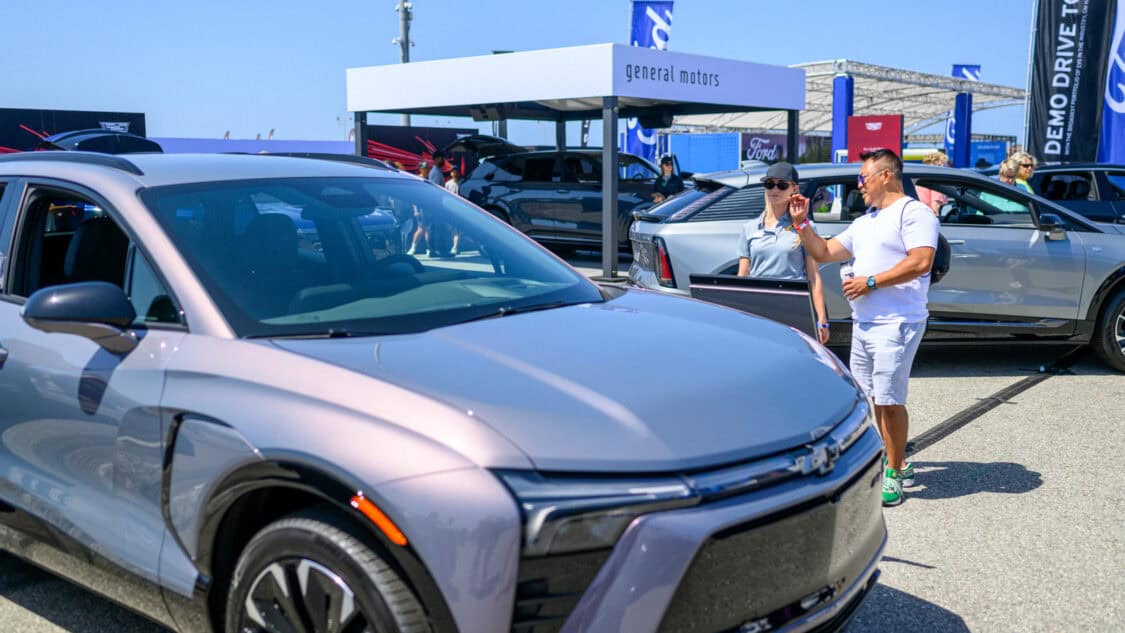
Tesla sold the most with 53,816 units in July. Chevrolet, Hyundai, Ford, and Honda also saw strong gains. Volkswagen stunned with a 454% surge that placed it sixth overall. In the premium segment, Audi climbed 150%, Cadillac added 14.5%, and Mercedes-Benz rose 6.4%.
Used EV sales gained strong traction in July, climbing to 36,670 units, a 23.2% rise from June and 40% higher than a year ago. They accounted for 2.2% of all used-vehicle transactions. Tesla topped the list with 15,903 units sold, up 18%, followed by Chevrolet, Ford, Mercedes-Benz, and Nissan. Tesla’s share eased slightly to 43.4% from 45.2%. Honda doubled its used EV sales with a 103% jump, while Hyundai and Rivian also surged, posting gains of 61% and 60% respectively.
ADVERTISEMENT
Inventory told a very different story. New EV days’ supply fell sharply, down 32.3% to 87 days, which is nearly half the level from last year. The gap compared with gas vehicles narrowed by 75.9%, dropping to just an 11.6-day difference, the closest margin seen since February.. Audi still carried the highest supply at 168 days, while Toyota had the lowest at only 42 days. Volkswagen took the steepest drop, falling 153 days to 116.
On the used side, supply tightened again to 40 days, the lowest point in five months. Tesla models were hardest to find at only 29.4 days, followed by Chevrolet and Nissan, both under 40 days. By contrast, GMC, Ford, and Rivian inventories lingered with supply levels above 64 days.
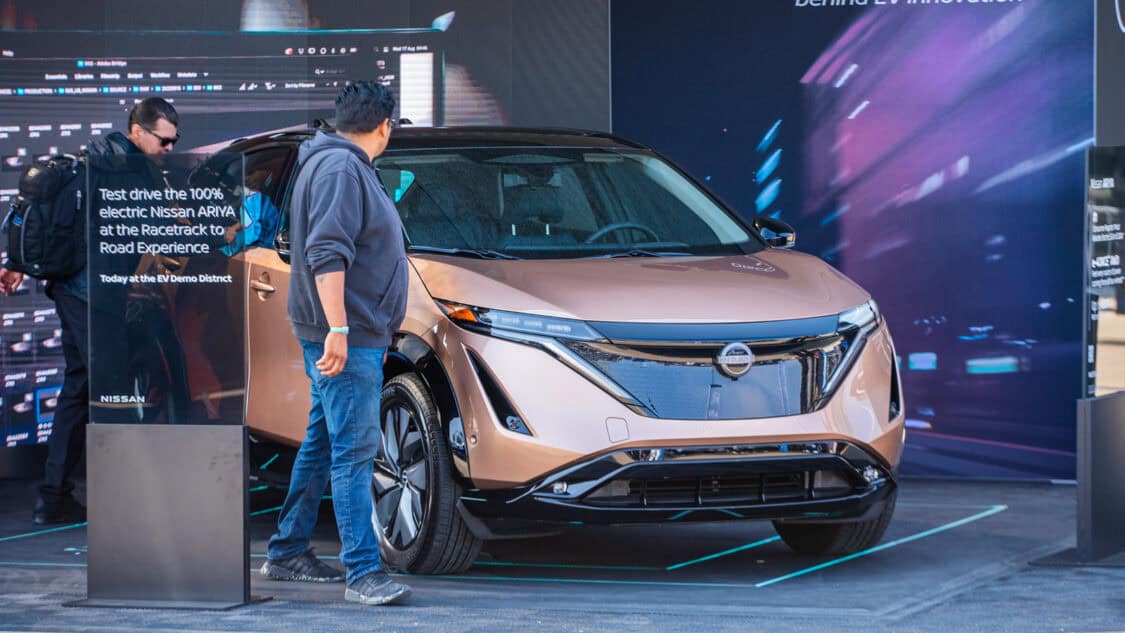
Prices tell an interesting story of their own. The average transaction price for new EVs slipped to $55,689, down 2.2% from June and 4.2% from last year. The gap with gas-powered cars narrowed to $7,611, the smallest difference since December 2024.
Incentives continued climbing, reaching a record 17.5% of ATP, which works out to an average discount of $9,768. By brand, Volvo saw the sharpest decline at 17.1%, Volkswagen dropped 12.2%, and Tesla eased slightly by 2.4%. The five best-selling models in July were the Tesla Model Y, Tesla Model 3, Chevrolet Equinox EV, Honda Prologue, and Hyundai Ioniq 5, each landed under $40,000 after incentives ranging between 14.5% and 27.7%.
Among them, the Chevrolet Equinox EV offered the lowest ATP at $38,477 with no reported incentives applied.
ADVERTISEMENT
Used EV prices slipped in June to an average of $35,263, down 1.9% from the prior month yet still 1.6% higher year over year. That left them just $1,266 above the average price of gas-powered cars, the narrowest gap on record. Tesla models (3, Y, and S) averaged $26,294, while the Chevrolet Bolt EV landed at a wallet-friendly $14,408. On the premium end, the Tesla Model X came in at $39,656.
And then there’s the elephant in the room: tax credits expire on September 30. That looming cutoff has buyers scrambling, and Q3 is heating up fast. What happens after is less certain.
Tesla’s CFO, Vaibhav Taneja, has already urged customers to buy sooner rather than later, hinting that perks such as free supercharging, temporary Full Self-Driving trials, and $1,000 discounts could vanish once demand spikes.
Other automakers are also working hard to accelerate sales before the deadline, dangling extras like complimentary home chargers to entice buyers.
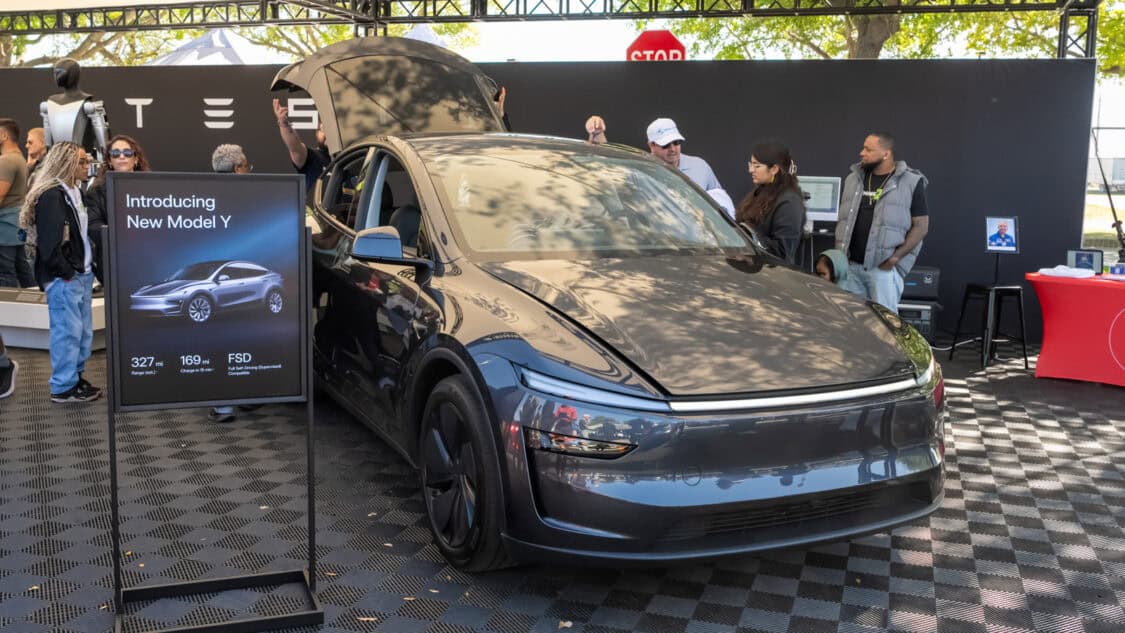
Here’s a wider perspective. That federal credit has helped fuel EV adoption for years, but once it disappears, Q4 sales could take a hit. Analysts predict a 27% drop in registrations without it, according to Reuters. The leasing loophole vanishes too, which affects over 40% of current EV transactions that rely on subsidies.
Even so, electric cars still hold long-term value, thanks to lower fuel costs and cleaner emissions. Over a 15-year span, drivers could save roughly $14,000 on fuel, while keeping their environmental footprint far smaller than with gas vehicles.
The clock’s ticking. Inventory is tight, incentives are generous, unless you want to pay full freight, Q3 is a now‑or‑never moment.
ADVERTISEMENT

SOURCE | IMAGES: COX AUTOMOTIVE | ELECTRIFY EXPO
FTC: We use income-earning auto affiliate links. Learn more.



